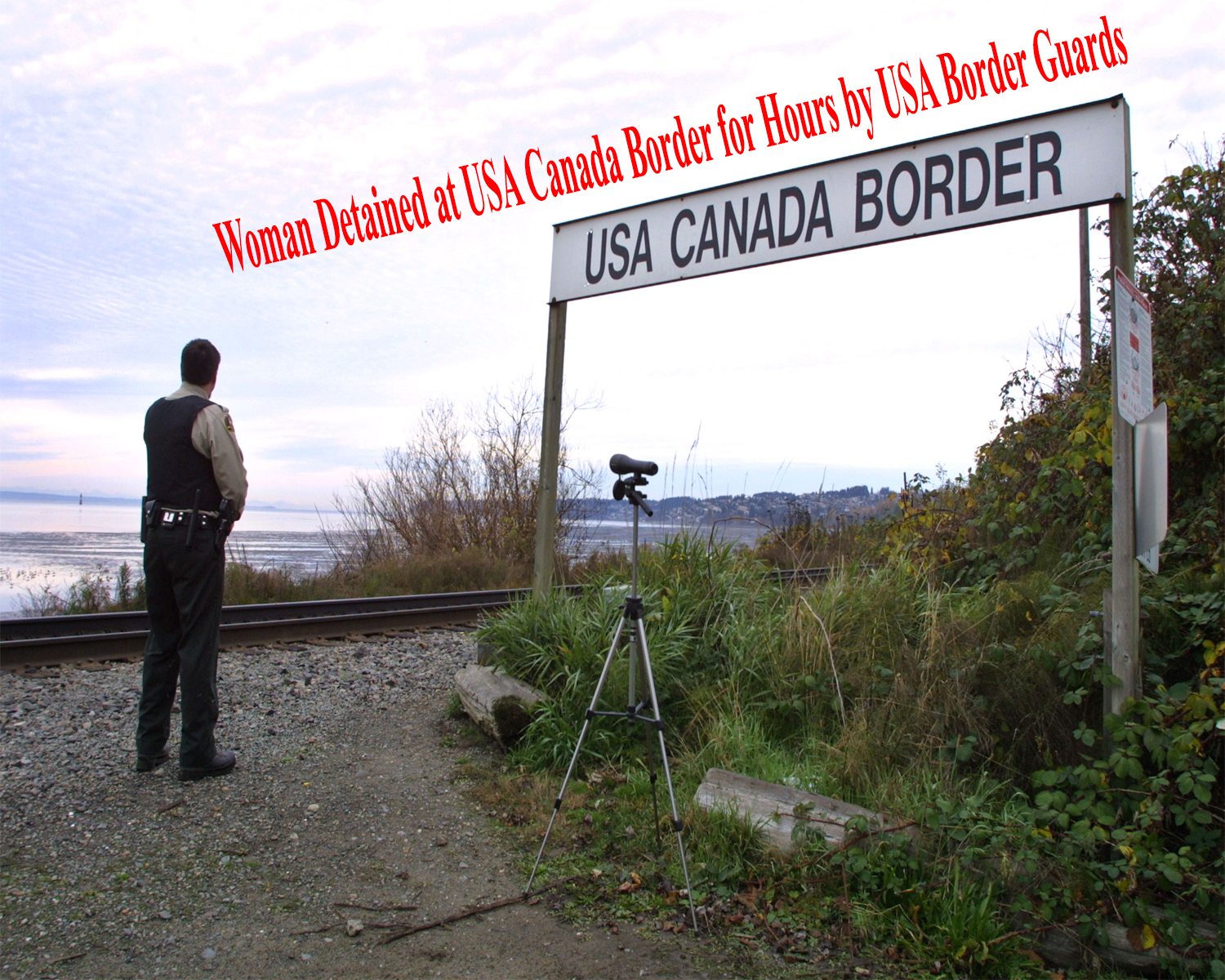Australia’s international education cries for changes
Australia, February 10: The recent changes announced in the skilled migration program by the Australian government will not only affect numerous international students but will bear its brunt on a number of private colleges flourishing in the country.
These colleges are certainly going to face a decline in the coming times.
And the gainers from this latest changes into the skilled migration program will be the English language providers, schools while the Australian universities will have a mild impact of these changes since the universities offer higher professional education like professional accounting and do not provide low-skilled vocational courses like cooker or hairdressing.
There had been an unprecedented rush of overseas students seeking enrolments at private vocational colleges in Australia since the year 2002.
As per the available statistics, out of the total percentage of overseas students studying in universities, the percentage of foreign students seeking vocation education was just around 14 percent.
However, there was a steep hike in the number of foreign students going for vocational enrolments to 31 percent in the year 2009. And this can be attributed to the changing focus of the Australian immigration policies that allured students shift their focus from education to migration.
International education of Australia needs help–
1. A National Strategy —The international education sector of Australia, the third greatest export of the country, is crying for help. It needs a governing body to help shape the failing future of this industry. The international education has been in a state of complete complexity in the last 10 years or so. It needs an organization that is able to develop a focused and well-integrated strategy to bail the education industry out of present doldrums.
2. Community involvement—-
Although, efforts by the Council of Australian Governments are in the pipeline to work out a national strategy for international students, but these are not enough. The country needs to involve the community to gain better and improvised interaction between the local and international students. Only then can the overseas students feel secure about their safety and make active contributions to the communities in Australia.
The fact that apart from brining in a major share of revenues into the country, the international education sector brings several untold advantages to our international trade and diplomatic relations gives weight to making much more efforts. Only then can we think of making international education sector a sustainable industry.

 Get To Know Everything About Canadian Experience Class immigration
Get To Know Everything About Canadian Experience Class immigration  How To Find Perfect Professional Contacts For Getting Jobs in Canada?
How To Find Perfect Professional Contacts For Getting Jobs in Canada?  You can’t miss this News, if Eyeing for Canadian Permanent Residency
You can’t miss this News, if Eyeing for Canadian Permanent Residency  A Canadian Woman was Detained by U.S. Border Guards for 5 hours!
A Canadian Woman was Detained by U.S. Border Guards for 5 hours!  Canadian Trucking Alliance Calls the Canadian Government to safeguard the immigrant Truck Drivers Rights
Canadian Trucking Alliance Calls the Canadian Government to safeguard the immigrant Truck Drivers Rights  Recent Changes to Canada’s Work Permit Rules and its impact on Immigrants from India
Recent Changes to Canada’s Work Permit Rules and its impact on Immigrants from India  Applications for UK Immigration witness major decline as the Immigration Laws undergo significant changes
Applications for UK Immigration witness major decline as the Immigration Laws undergo significant changes  What are changes in Canada Start up Visa Program and Self-Employed Persons Program. How would it affect the potential immigrants to Canada?
What are changes in Canada Start up Visa Program and Self-Employed Persons Program. How would it affect the potential immigrants to Canada?  Recent Changes to Canada’s Temporary Foreign Worker Program (TFWP) Effective May 1, 2024
Recent Changes to Canada’s Temporary Foreign Worker Program (TFWP) Effective May 1, 2024